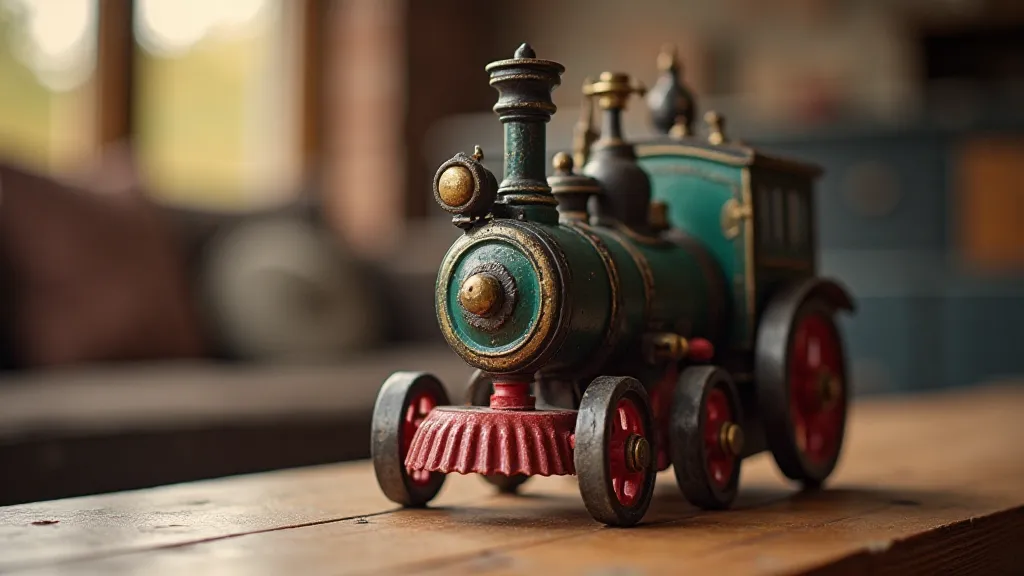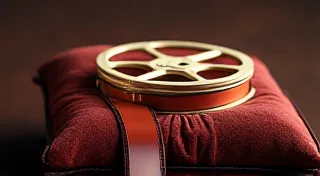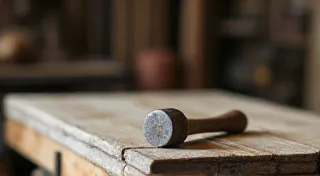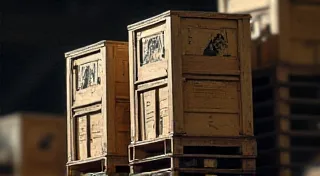Ephemeral Innocence: The Social Context of Cast Iron Toy Collecting in the 1950s
The clatter and clang of cast iron toys – a sound almost lost to modern ears – held a particular resonance in the 1950s. More than just playthings, these miniature marvels were potent symbols of postwar optimism, a yearning for simpler times, and a testament to a craftsmanship that would soon fade. They represent a moment when the anxieties of war gave way to a tentative embrace of prosperity and a renewed focus on family and childhood. My grandfather, a veteran of the Pacific, kept a single, slightly chipped fire truck amongst his war mementos – a silent acknowledgment of the innocence he fought to protect. He rarely spoke of his experiences, but I remember the quiet reverence with which he’s hand would gently trace the painted details of the toy’s ladder.
The landscape of toy collecting had fundamentally shifted after World War II. Before the war, cast iron toys were primarily aimed at middle and upper-class families. The Depression had curtailed production, making these toys rarer and more valuable even then. The war itself brought a complete cessation of manufacturing, as resources were diverted to the war effort. Returning soldiers, many scarred by their experiences, sought solace in the familiar and comforting. These toys, often reminiscent of childhood memories disrupted by the war, offered a powerful emotional connection.
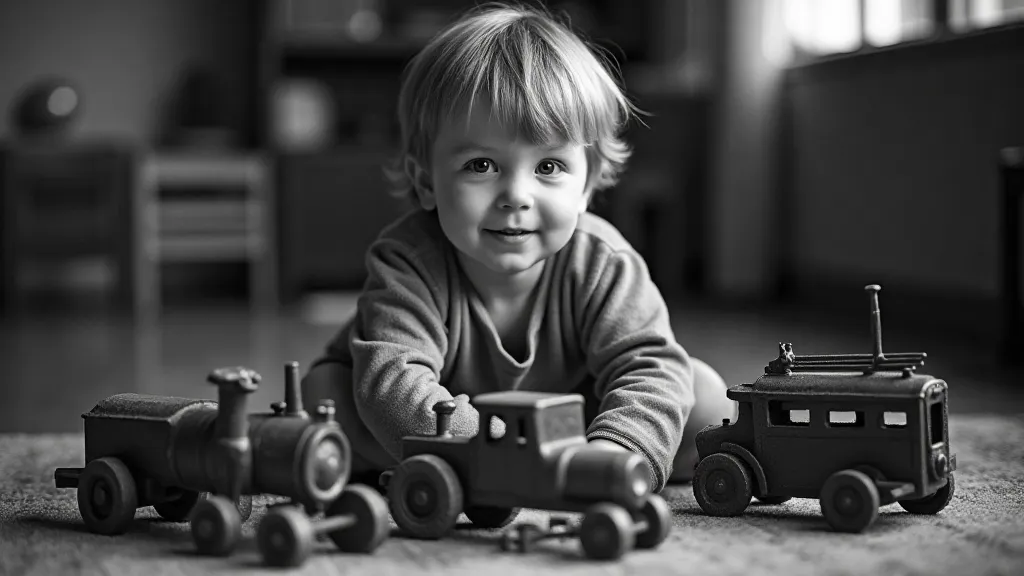
The Makers and Their Legacy
Several manufacturers dominated the cast iron toy market. Hubley, Kenton, Wolverine, and Stedman Phillips were among the most prominent. Hubley, in particular, enjoyed widespread popularity, known for their robust construction and detailed designs, especially their horse-drawn vehicles and early automobiles. Kenton, known for their intricate castings and vibrant paint jobs, became synonymous with a certain level of aspiration and quality. Wolverine, despite producing fewer toys overall, carved a niche for itself with its unique character figures and whimsical designs. Understanding these manufacturers is key to appreciating the nuances of collecting – each company possessed its own distinctive style and level of craftsmanship.
The craftsmanship itself deserves deeper consideration. These weren’t mass-produced plastic toys. Each toy was individually cast in iron molds, painstakingly cleaned, and then hand-painted. The details – the delicate detailing on a horse’s harness, the subtle curve of a wagon wheel, the vibrant colors applied with steady hands – speak to a level of dedication and artistry largely absent from modern toy manufacturing. Many of the artisans employed in these factories were skilled tradespeople who took genuine pride in their work. This wasn't just a job; it was a craft passed down through generations.
The Cultural Significance: More Than Just Play
The popularity of cast iron toys in the 1950s wasn't solely about the toys themselves. It was about what they represented. The post-war era was characterized by a desire to rebuild, to return to a sense of normalcy and security. These toys embodied that aspiration. Families, often reunited after years of separation, gathered around the living room floor, sharing the joy of play. Cast iron toys weren't just objects; they were catalysts for connection and a celebration of a restored family unit.
The rise of toy collecting also coincided with a burgeoning interest in Americana and nostalgia. Suddenly, there was a renewed appreciation for the artifacts of the past – not just antiques and furniture, but everyday objects like these toys, which represented a seemingly simpler time. It was a yearning to recapture the innocence of childhood and a rejection of the anxieties that had dominated the previous decades. The toys became tangible links to a remembered past, preserved and cherished by collectors.
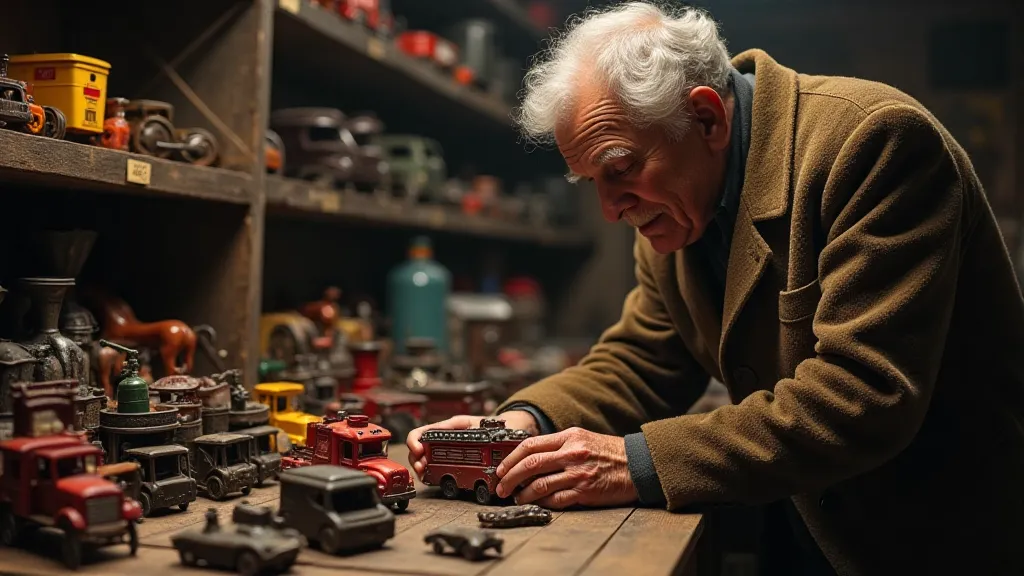
Collecting and Preservation: A Growing Passion
The nascent collector community of the 1950s was crucial to the survival of these toys. Early collectors often scoured flea markets, estate sales, and antique shops, rescuing these forgotten treasures from obscurity. They recognized the historical significance and artistic value of these toys, and they actively sought to preserve them for future generations. Many of these early collectors began documenting their findings, cataloging manufacturers, identifying variations, and establishing a rudimentary understanding of rarity and value.
The challenges of preservation were significant. Cast iron is susceptible to rust, and the paint often chipped or faded over time. Early collectors often attempted to clean and repair their toys, although their methods were often rudimentary and sometimes caused further damage. Today, we have a much greater understanding of proper restoration techniques – using gentle cleaning methods, carefully applying protective coatings, and avoiding harsh chemicals that can strip the paint and damage the metal.
A Lingering Echo
While the golden age of cast iron toy manufacturing ended in the 1960s, the legacy of these toys continues to resonate. They are not just objects of nostalgia; they are tangible links to a pivotal moment in American history, a time of rebuilding, hope, and renewed focus on family and childhood. The enduring appeal of these toys lies in their ability to evoke a sense of warmth, connection, and a longing for a simpler past. The clatter of their wheels on a living room floor might be a distant memory for many, but the spirit of those childhood adventures remains vibrantly preserved in each carefully restored piece.
